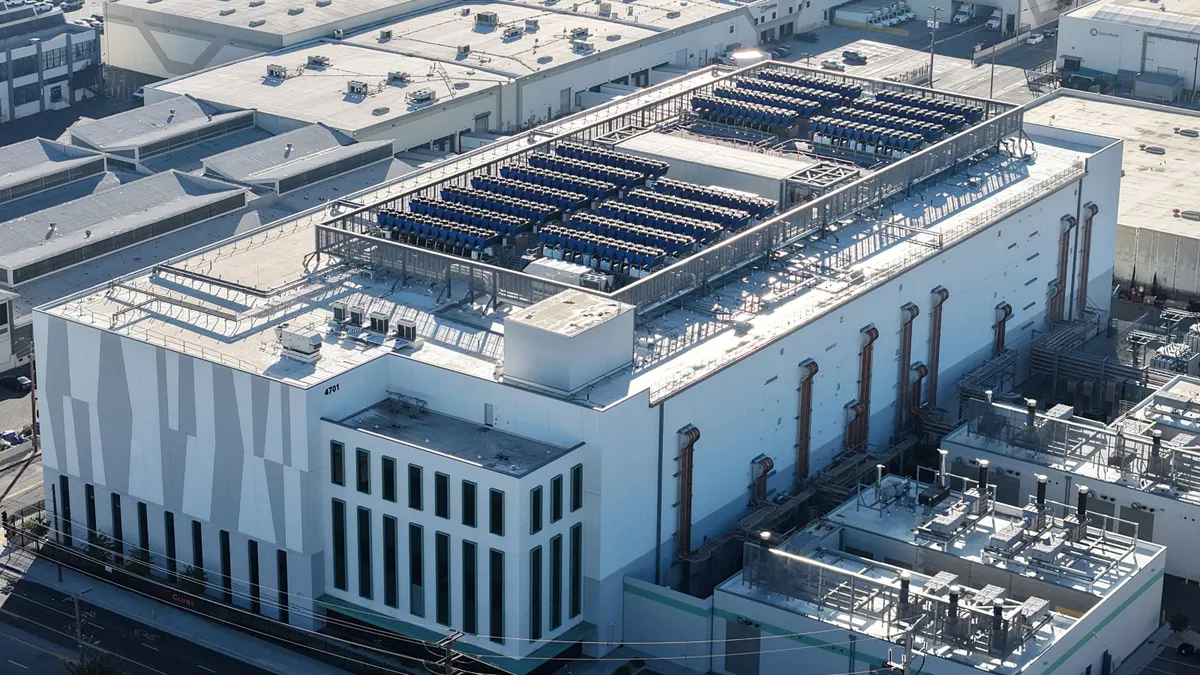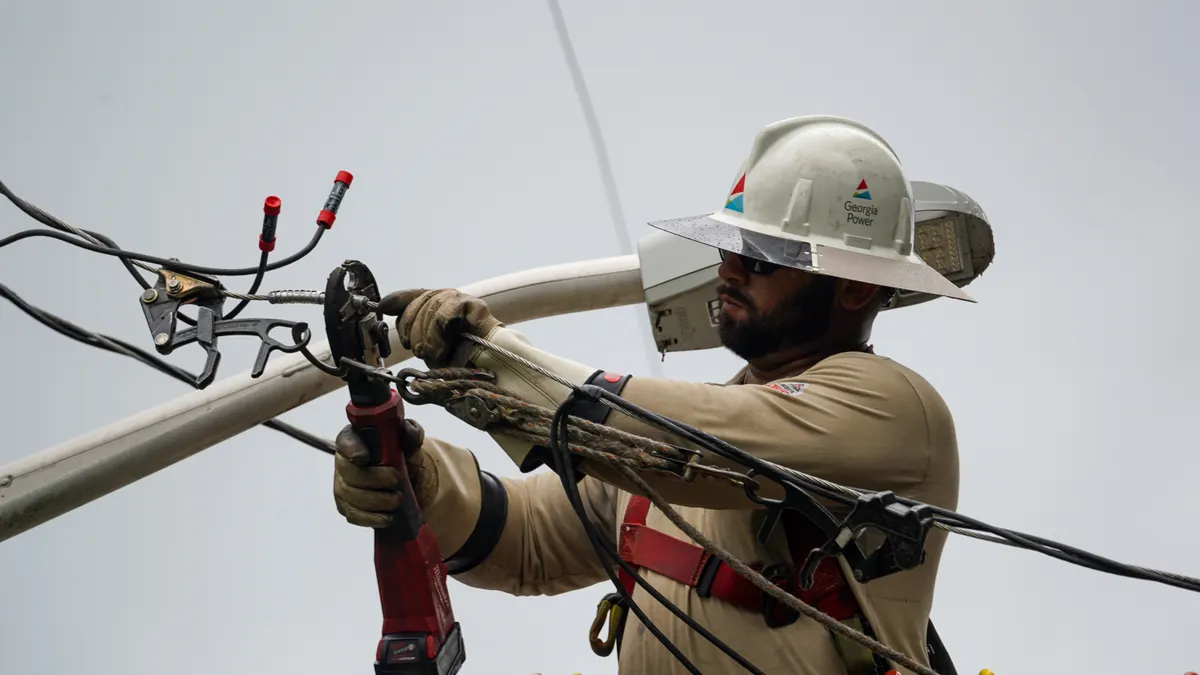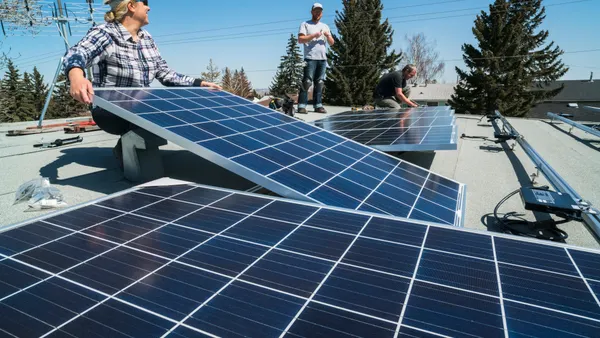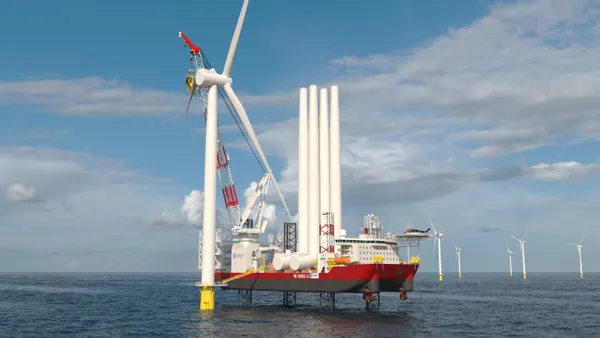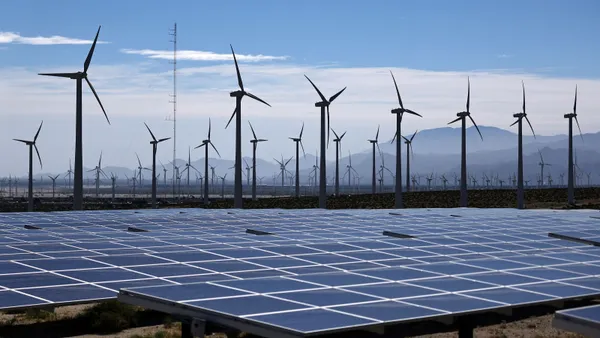Dive Brief:
- The Smart Electric Power Alliance has issued its "2017 Utility Solar Market Snapshot," finding that the United States has 33.4 GW of solar online — and more than a quarter (9.4 GW to be exact) was interconnected to the grid by utilities last year.
- SEPA says utility-scale solar continues to represent the majority of new solar capacity. The resource grew 84% in 2016, compared with 11% in the residential sector.
- Community solar is another area of strong growth, the organization says. There are now more than 300 MW of community solar projects online, and roughly the same amount of capacity is also planned in new projects.
Dive Insight:
The adoption of solar energy is growing, as utilities outside of traditional solar states (such as California, Hawaii and Arizona) began to build new resources.
“What’s exciting about the survey is seeing the how solar is growing outside the traditional markets,” SEPA Research Analyst Brenda Chew, who led the study, said in a statement. “We now have thriving solar markets in the Southeast, and we’re seeing growth in states such as Utah and Arkansas."
The broader adoption, she said, is "another sign that solar really is a competitive, mainstream power.” But at the same time, it was a small group of utilities that bolstered growth figures last year.
California continues to lead the nation in installed solar capacity. To date, California investor-owned utilities have
interconnected 13.6 GW of solar capacity, while municipal and cooperative utilities interconnected an additional
1.68 GW.
SEPA said there was also significant growth in the Southeast last year, North Carolina, Georgia, and Florida.
According to the report, 10 utilities were responsible for 5.9 GW, or 63%, of all solar capacity interconnected in 2016 and 53% of new systems brought online in 2016.
Utility-scale market grew a "whopping" 84% last year, the group said, compared with 11% in the residential market and 20% in the non-residential.
But the group said public policy must be aligned with environmental goals to continue the growth. Last year, more than two dozen states considered changes to net metering and 46 utilities in 35 states filed requests for increases in fixed charges.
SEPA President and CEO Julia Hamm acknowledged there are "challenges ahead" for the solar industry and market. But "what we see in this year’s survey is a real excitement about the new opportunities solar and other distributed technologies are bringing to the market.”




